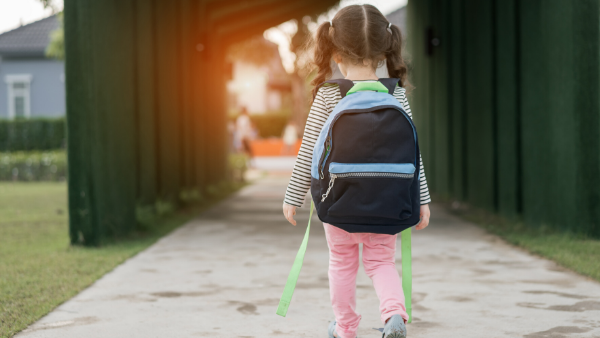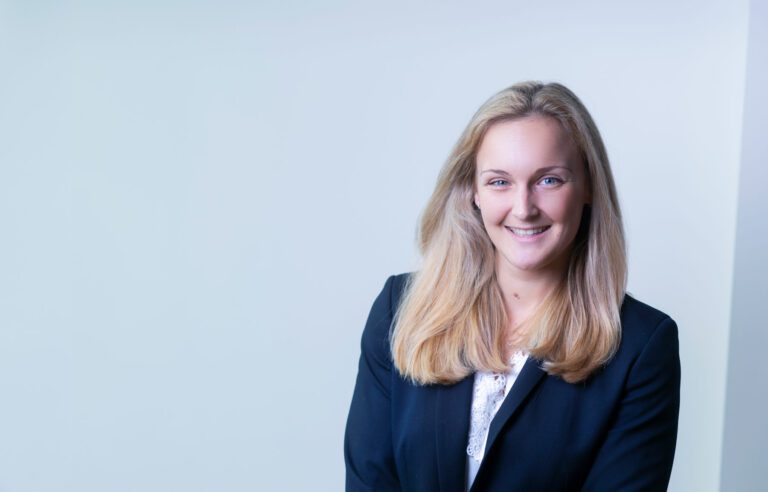Author
In the wake of the Prime Minister’s Sunday statement, on 12 May 2020 the Department for Education (DfE) released guidance on returning to school. It is expected that as with all sectors, this guidance will be updated in accordance with scientific and medical advice. The guidance aims to assist headteachers on the protective measures they should be implementing to keep staff and pupils safe when schools re-open.
As of 1 June 2020 schools will be opening their doors not only to vulnerable children and children of critical workers, but also to children in nursery, reception, year 1 and year 6. The DfE is also asking for nurseries and other early years providers to start re-opening (with further Government guidance to follow) and for some face-to-face support to be provided to year 10 and year 12 students, on top of the remote education they are currently receiving, to assist with their preparation for key exams next year. The aim is for pupils to return to their educational settings gradually, where a risk assessment indicates that it is appropriate for larger numbers to be in schools, placing them in the best environment for their learning and development whilst enabling families to return to work.
This Government advice outlines the following topics:
- Effective infection protection and control
Schools are expected to implement measures to reduce the risk of both direct transmission (e.g. through proximity to another who is sneezing and coughing) and indirect transmission (e.g. touching contaminated surfaces) of the Coronavirus. Examples given in the guidance include asking pupils and staff to wash their hands more often than usual and for the frequent cleaning of classroom surfaces.
- PPE, including face coverings and face masks
If an organisation normally uses PPE (personal protective equipment) then it will be expected to continue to do so. However, schools do not normally use PPE and there is no obligation for this to start, in fact the DfE recommends against it except where a pupil’s care routinely already involves the use of PPE due to their intimate care needs. One reason given by the guidance is that where a child is not able to handle PPE correctly this may inadvertently increase the risk of transmission. The only other time that PPE should be issued is where a pupil becomes unwell with symptoms of Coronavirus at school and needs direct personal care until they are able to go home.
- Shielded and clinically vulnerable children and young people
Extremely clinically vulnerable pupils are being advised to shield and are not expected to attend their educational setting. A list of people who are described as being “extremely clinically vulnerable” can be found here. This includes, amongst others, those who are receiving cancer treatment or who have had a solid organ transplant.
Clinically vulnerable pupils who are not classed as extremely clinically vulnerable should follow medical advice when deciding whether they should return to school.
- Shielded and clinically vulnerable adults
Staff who are extremely clinically vulnerable should be shielding and not attending work as it is not safe. However, staff who are clinically vulnerable, but not extremely clinically vulnerable, should work from home where possible. However, if their role cannot be carried out from home, they may return to work provided schools take measures to protect them in the workplace, such as offering them the safest available on-site role.
- Living with a shielded or clinically vulnerable person
If a pupil or staff member lives with a person who is clinically vulnerable, but who is not extremely clinically vulnerable, they can attend school. However where a member of the pupil’s or staff member’s household is classed as extremely clinically vulnerable they should only go to school if stringent social distancing is implemented effectively. If not, it is advised that the pupil or staff member should learn or work from home respectively.
- Class or group sizes
The staff-to-child ratio for pre-school children in early years settings should continue as set out in the early years foundation stage (EYFS). Primary school classes should be split in half with a maximum number of 15 pupils per group, whose desks should be spaced as far apart as possible, and one teacher. Secondary schools should also halve classes and are expected to rearrange classrooms and workshops so that pupils are sitting two metres apart.
Schools are advised to create an environment where staff and pupils only mix in small, consistent groups. These groups should stay, where possible, two metres away from other groups and follow recommended hygiene and cleaning measures to reduce the risk of transmission.
- How to implement protective measures in an education setting before wider opening on 1 June 2020
Schools are being advised to take steps to plan and organise effectively the return to school. The guidance suggests steps such as: altering the timetable (e.g. to stagger drop-off and pick-up times, assembly groups and break times), removing soft toys which are hard to clean and refreshing the school’s risk assessment and other health & safety advice.
It is important for staff and parents to have confidence in the measures taken by the school and therefore, it is recommended that schools should be communicating their plans with staff and parents around the return to school. This could include: explaining that any pupils or staff who are displaying Coronavirus symptoms should not return to school, advising on transport options to and from school, and ensuring that parents are aware that they cannot gather at the school’s entrance gates.
- How to implement protective measures in an education setting when open
As discussed above, schools should do their best to keep small groups together and away from other groups. The guidance sets out a number of measures which should be implemented. For instance: schools should also make sure that efficient cleaning is taking place, that transmission is being prevented as much as possible through staff and pupils following the recommended hygiene practices, and that the use of shared resources such as stationery is reduced.
- Contact tracing in educational and childcare settings
At present, the Government is developing a national test and trace programme which will bring together an app, expanded web and phone-based contact tracing and swab testing for those with potential Coronavirus symptoms. Further detail will follow on how this will operate in educational and childcare settings.
- Steps to take when someone becomes unwell at an educational or childcare setting
If a pupil or staff member shows symptoms of Coronavirus they should be sent home and advised to follow the Government guidance for households with possible coronavirus infection. Whilst waiting to be collected they should be moved to a room so that they can isolate behind a closed door with the window open. Where a child awaiting collection requires supervision, staff caring for them should wear PPE if possible. Alternatively, if they cannot be isolated, they should remain at least two metres away from anyone else.
- Steps to take if there is a Coronavirus case at an educational or childcare setting
In this situation, the person with symptoms compatible with Coronavirus should be sent home to self-isolate for seven days. Here the rest of the household should self-isolate for 14 days and all staff and pupils at the school will be given access to a test should they display Coronavirus symptoms.
If a person tests positive, their entire class or group at the school should be sent home and advised to self-isolate for 14 days. It is important to note here that other household members of this class or group will only be required to self-isolate if the pupil or staff member they live with from the class or group develops Coronavirus symptoms.
- Reporting on a child’s temperature at the start of each day
This will not be required as the Government does not consider this to be a reliable method for identifying Coronavirus.
- Testing children and young people
Once schools open to a wider number of children than is currently envisaged for the 1 June 2020, any pupils or school staff, and any members of their households, will be able to take a Coronavirus test if they display symptoms.
- Testing teachers and other staff with symptoms
Anyone involved in education, childcare or social work is deemed to be an essential worker and as a result, these people already have access to testing if they have symptoms.
- Managing risks in supporting children and young people with complex needs at special schools and colleges
Further guidance on this point can be found here, including recommendations on how to conduct risk assessments on supporting children and young people with education, health and care plans.
- Implementing protective measures in Alternative Provision
Alternative Provision settings are expected to follow the same principles and guidance as mainstream schools discussed above. Risk assessments may, however, need to be carried out where it is felt that a child or young person may not be able to follow instructions, as it may be decided, in rare circumstances, that these pupils should stay at home.
If you would like to discuss any of the issues raised in this article, or have other concerns about the impact of Coronavirus, please contact: Hollie Suddards in Michelmores’ Education team.
CORONAVIRUS STOP PRESS – Click here to keep up to date with all of our latest articles.
This article is for information purposes only and is not a substitute for legal advice and should not be relied upon as such. Please contact our specialist lawyers to discuss any issues you are facing.
Author
Employment law insights webinar: navigating change and compliance
We are excited to invite you to our upcoming webinar, where we will delve into critical updates and changes in employment law that are essential...


